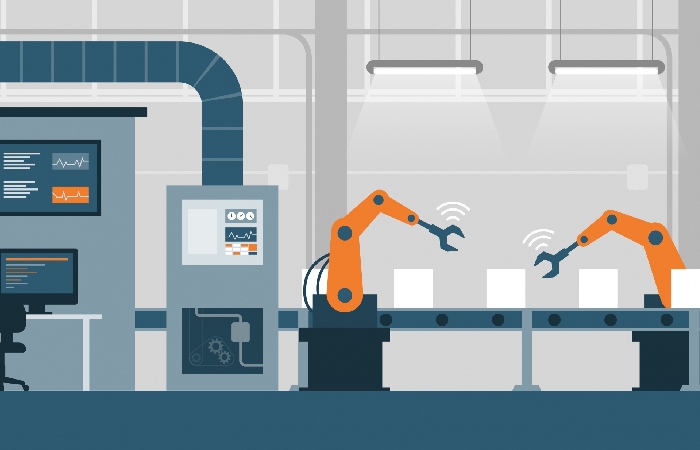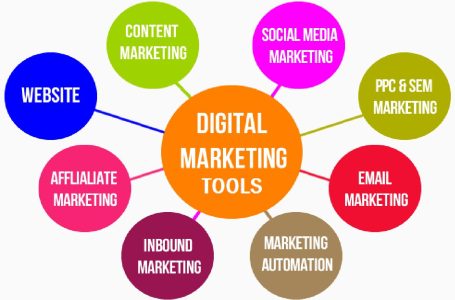Definition Production Line
A production line is one in which the company can produce items according to a schedule and design stipulated to solve efficiency.
It is a systematic arrangement of machinery, equipment, and workers that work together to manufacture a product by passing it through various phases or stations in a sequential and efficient manner. This method optimizes the production process, allowing for mass production of goods with consistent quality and reduced labor and time requirements.

Today, we will explain what this is all about.
What are production lines for?
You may be wondering what a production line is and its concept with a reasonably broad definition encompassing various aspects. Very good, but what exactly is a production line, and what is it for? It is the one that allows the planning of a company concerning production so that it is a support to avoid the risk of a company.
Production line serves multiple aspects and at different stages of a company and its production, as well as for industry. It aims to avoid overlooking the materials or processes the industry requires in its approach. What is achieved is that the production is designed in a way that contains the information to be controlled and organized.
It allows the industry to have solutions and to design strategies that increase efficiency. Now it has become apparent what a production line is, but you may want to know its benefits, which are quite a few, but we will mention a few.
- Planned automatic process
- Few human errors
- Linear designs that prevent crowding
- Optimal results
- Time reduction
What is an industrial production line?
The correct definition of the industrial production line is a set of operations to execute a product. The process is done sequentially to machinery and successively. To understand the industrial production line, it is perhaps more accessible to see it as that to obtain the final product, you need to transform the raw material, assemble, package, and more.
Industrial production involves the manufacturing of various components of a product, necessitating a well-organized material assembly process for each operation. This method occurs in phases, with processes being carried out collectively to ensure efficiency in transforming materials into the final product.
What is an automated production line?
In the past, manual labor was responsible for carrying out production lines. However, with the advancement of technology, material assembly has become significantly faster, thanks to the introduction of technological machinery. This transition is defined as the automated production line, in which machines are becoming increasingly compact, and employees are transformed into robots. In the era of mechanical production, human hands are no longer involved in tasks such as assembly, joining, and packaging.
Naturally, technicians are in charge of overseeing and ensuring that all procedures and timeframes are adhered to in the creation and production of a product. As each step in the industrial process, including assembly, joining, and packaging, must be executed precisely, productivity, accuracy, hygiene, classification, and accounting are all essential. It’s not solely about the machines.
What is balancing a production line?
The definition of balancing in a production line has a precious meaning for controlling production, as this allows balance and productivity to optimize processes. This includes inventories, manufacturing times, and deliveries. What you want to balance this is to equalize the times for all seasons.
The primary function of balancing is acquiring data, applications, movements, and investments to automate production. There are two factors involved in balancing a production.
- Quantity or volume of production
- Continuity of material, which should never be lacking.
What is the design of a production line?
The meaning of production line design involves the structure of production and management of personnel to achieve output and efficiency.
To achieve this, some characteristics must be established that, by definition, we are going to show you below:
- Analyze the processes. When do they start? How can this be done? And stipulate the time in which each task is performed.
- Evaluating and renewing technology
- How to incorporate new technologies
- Staff training
- Defining Order Control
- Yield
- Product Localization and Identification Systems
- Warehouse Asset Allocation
What is the CMPP system on a production line?
The CMPP or email system, which helps reduce the number of files a company can have, optimizes the processes that include the entire production line. Here, it is also used to control the industry’s goods. It is so that every company also has an estimate of expenses.
They remember that companies are looking to reduce expenses and improve the efficiency of all processes, including those to communicate with suppliers through email. In addition, the CMPP system makes it possible to obtain certification of the operations carried out.
Email is part of the CMPP process, and here, you record shipments, receipts, goods, and everything that has the production of products in the industry. Without a doubt, it also has to be part of every production line that a company has.
What is T.T. in a production line?
The production line actively ensures that it meets the demand by organizing the systems to fulfill the needs during the work rhythm. This T.T. or Takt Time is calculated based on time and units; for example, if the goal is to produce 1000 units in 12 hours, then the production time is actively balanced and synchronized to 43.20 seconds. The customer will establish this T.T., but typically, companies already have a predetermined time.
What is efficiency in a production line?
Efficiency can be achieved when higher sales lead to reduced labor requirements, resulting in increased revenue and effective resource management.
What is assembly on a production line?
It is a process where the workflow is systematically produced and carried out in different stages. These are done in small tasks with a specific product-making sequence.
What is a robotic arm on a production line?
A robotic arm is an elaborate joint with flexibility and joints that allow many activities, functions, and movements to execute, such as operating machines. The mixture of materials, such as metal, helps this robotic arm accelerate multiple company activities.
The operation of a robotic arm has a set of programming languages that make its functions possible; this can make force, locate objects, work with high temperatures, and speed up the production and automation of product creation.





